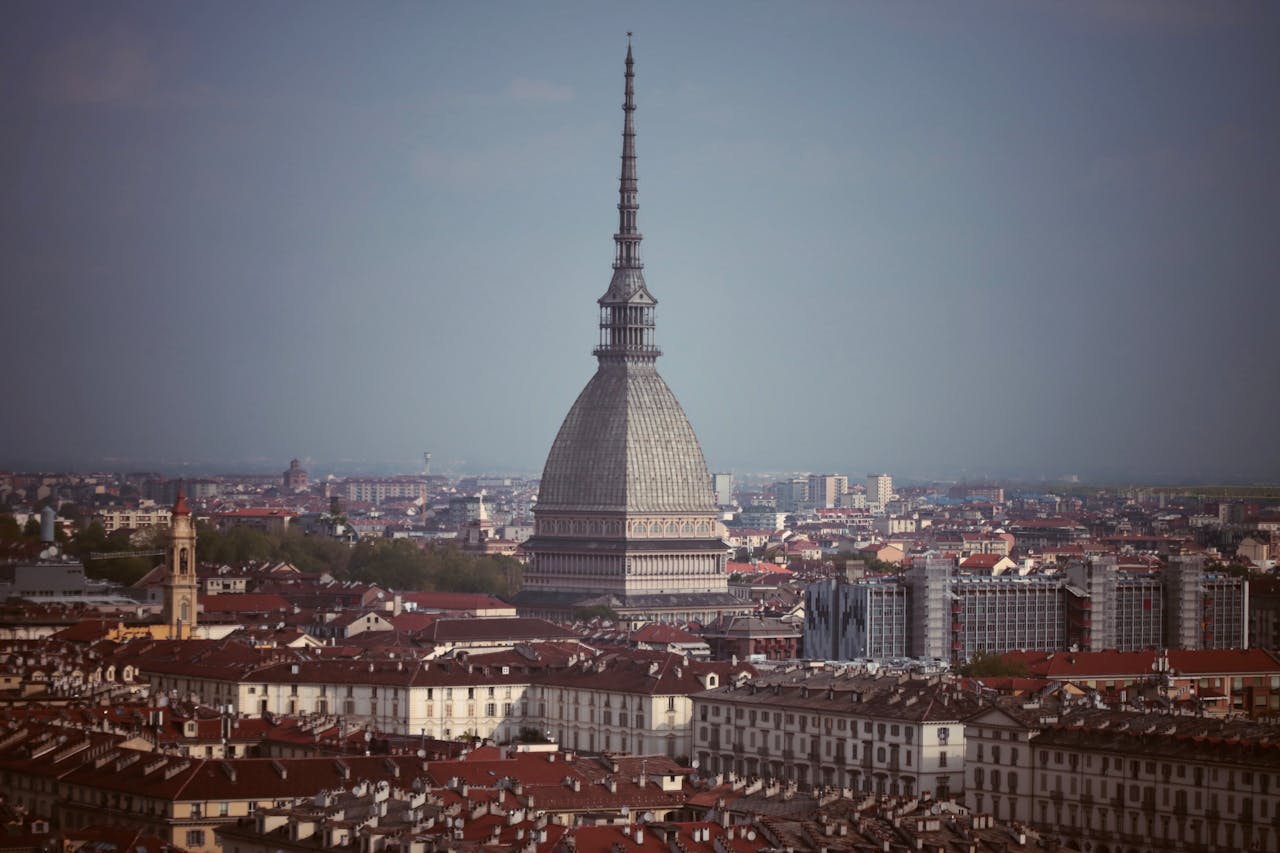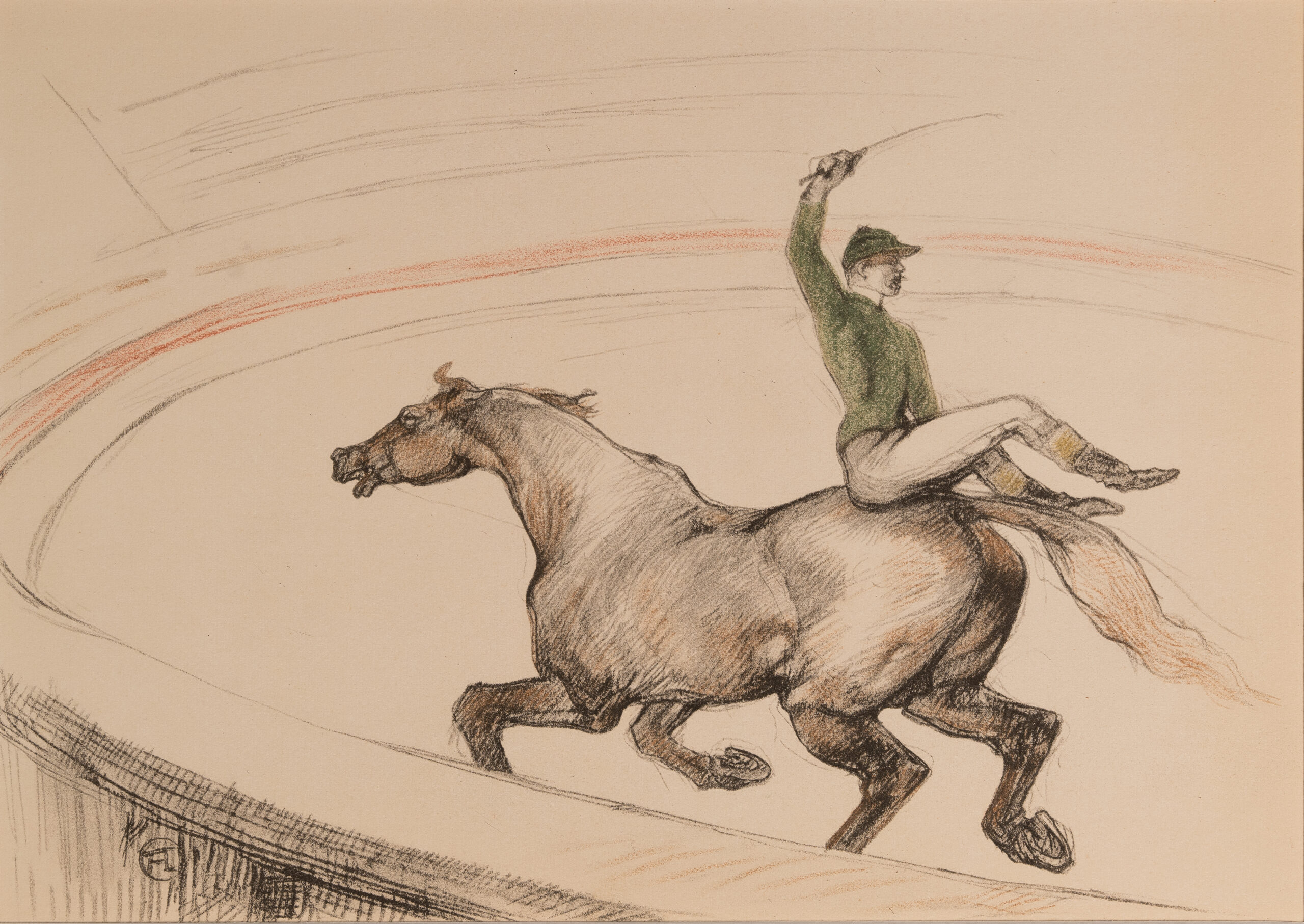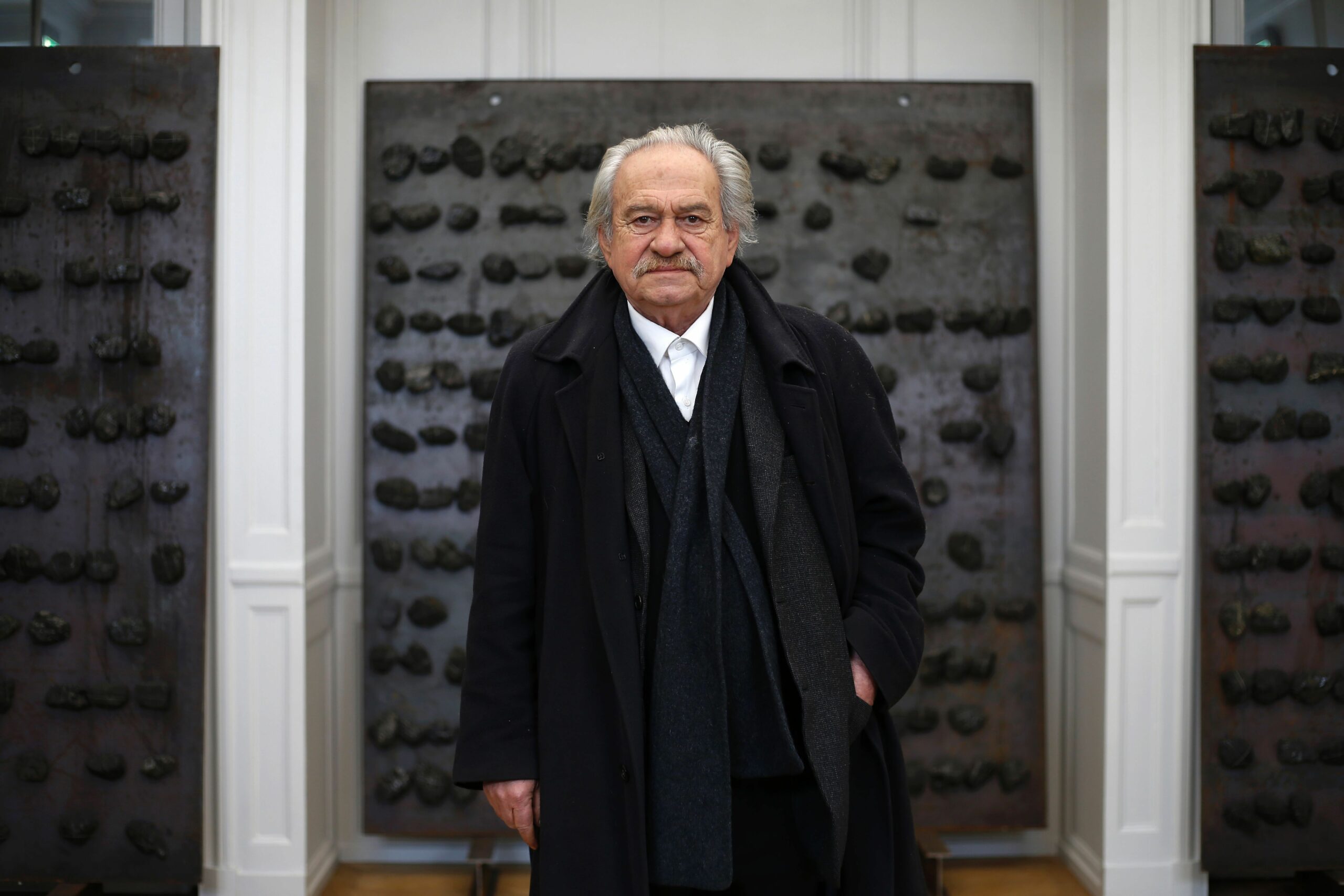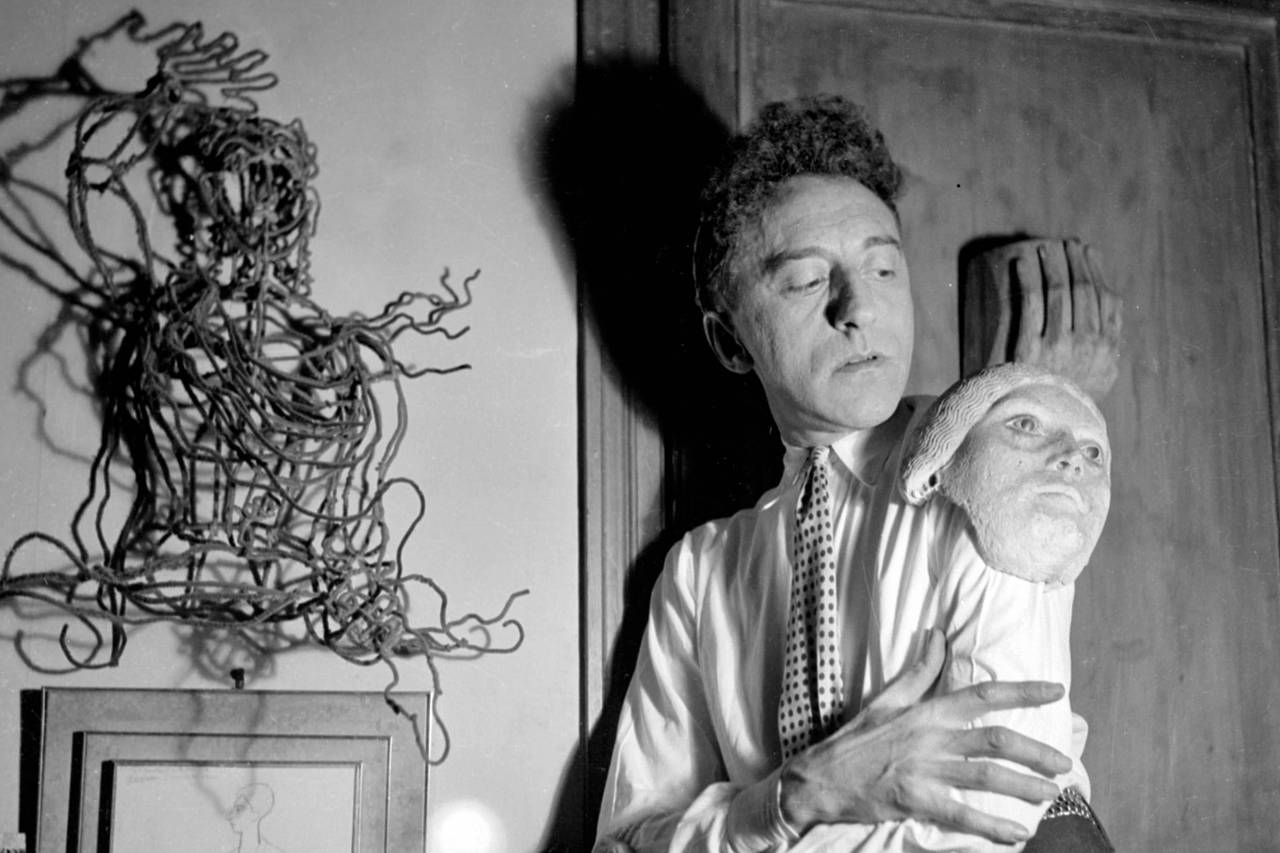
The Mole Antonelliana is one of the symbols of the city of Turin and, at the time of its construction, a true architectural innovation. Since the 1960s, it has been possible to ride an elevator up to the panoramic terrace and admire the entire city from 85 meters high. The Mole is also the prestigious home of the National Cinema Museum, where you can trace the history of the seventh art and discover firsthand how a film is made. Located in the heart of Turin, the Mole is a place of interest that those visiting the city cannot miss and from which to admire Italy’s first capital from above.





